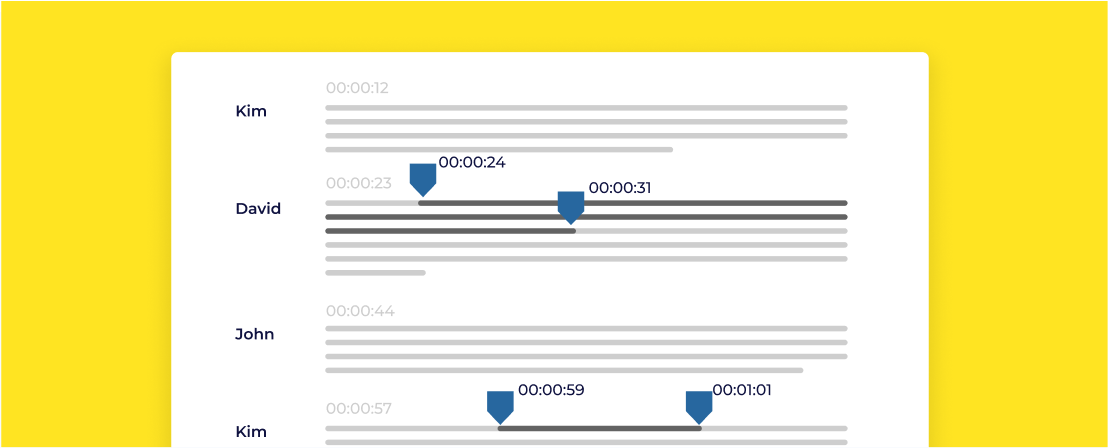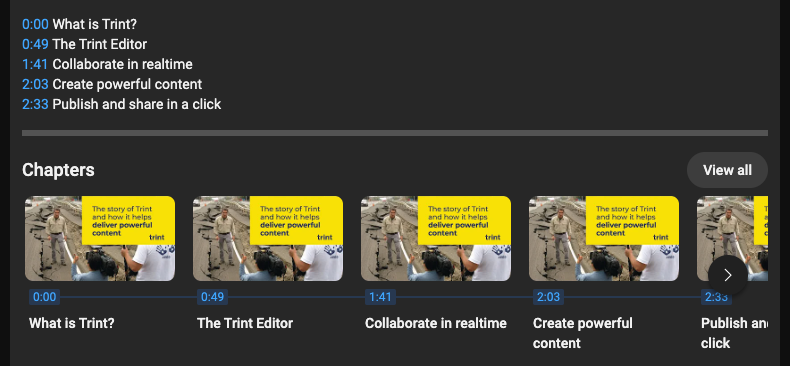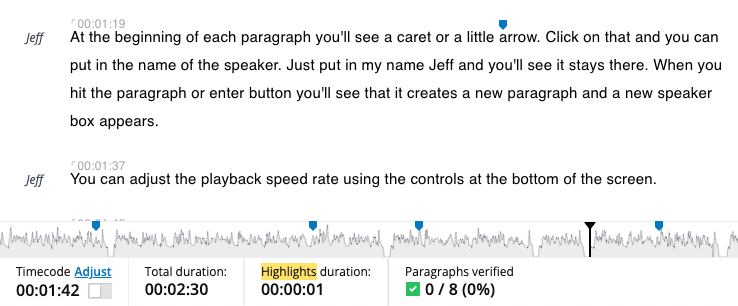In today's content-driven world, time references have become essential tools to help users make the most of the content available. Understanding timestamps is crucial for creating powerful content that stands out. Whether you're searching in a video, podcast, or transcription, they improve usability and accessibility that allows users to navigate through content seamlessly.

Timestamping is a useful tool that provides a unique identifier for certain moments in audio, video, and transcriptions. This helps you to find information quickly and easily. Users can jump to important parts of audio and video without having to skip through unimportant sections. Additionally, it tags important moments in transcriptions, which makes it easier to remember and share quotes.
By adding time markers to videos, content creators can give viewers an interactive experience. People can easily jump to specific sections, like chapters, important points or exciting highlights, which improves engagement and saves time.
Videos can also be optimized for search engine optimization (SEO). This makes it simpler for search engines to comprehend and rank them, based on topics mentioned in the content. With timestamps you can enhance your video editing workflow and create standout, interactive content.

Time formatting is also incredibly useful in transcriptions. It helps improve accuracy and usability, especially for researchers, journalists, and legal professionals. By including these markers in transcriptions, you can quickly refer to specific points in the audio or video source - helping save you time and effort when looking for specific information.
Timestamped transcriptions are particularly useful for finding precise quotes or key moments in interviews, speeches, or legal proceedings. Time references in transcriptions are also vital for translating content. They enable translators to accurately pinpoint specific moments in the audio or video source, ensuring precise and relevant translations.

Adding time tags to videos and transcriptions is a straightforward process. For videos, you can use video editing tools or specialized timestamping software to mark specific timecodes within the video. And when it comes to transcriptions, professional services like Trint offer automatic timestamp insertion during the transcription process. This means you don't have to manually add timestamps, ensuring accuracy and saving valuable time.
Once you have added the timestamps to your video and transcriptions, you should review the results and make any necessary adjustments. This is especially important if you are working on a project that requires precise translations. Additionally, you should check to make sure that the timestamps match up with the source audio or video, as this is crucial for accurate translations. It is important to keep track of any changes you make as this will be useful for reference if you ever need to make further adjustments.